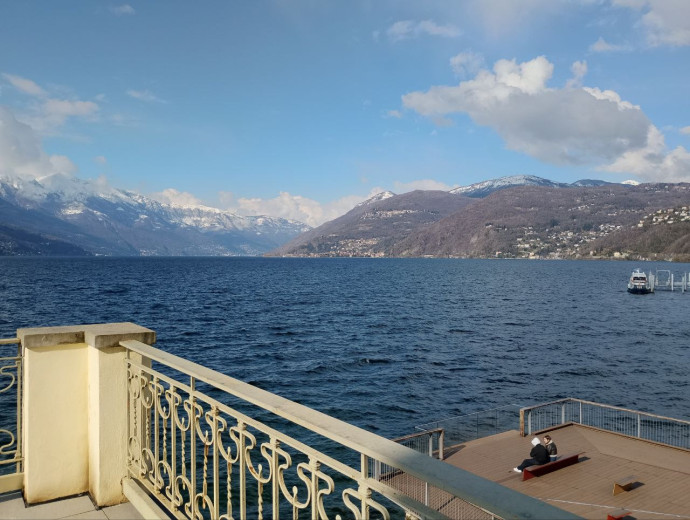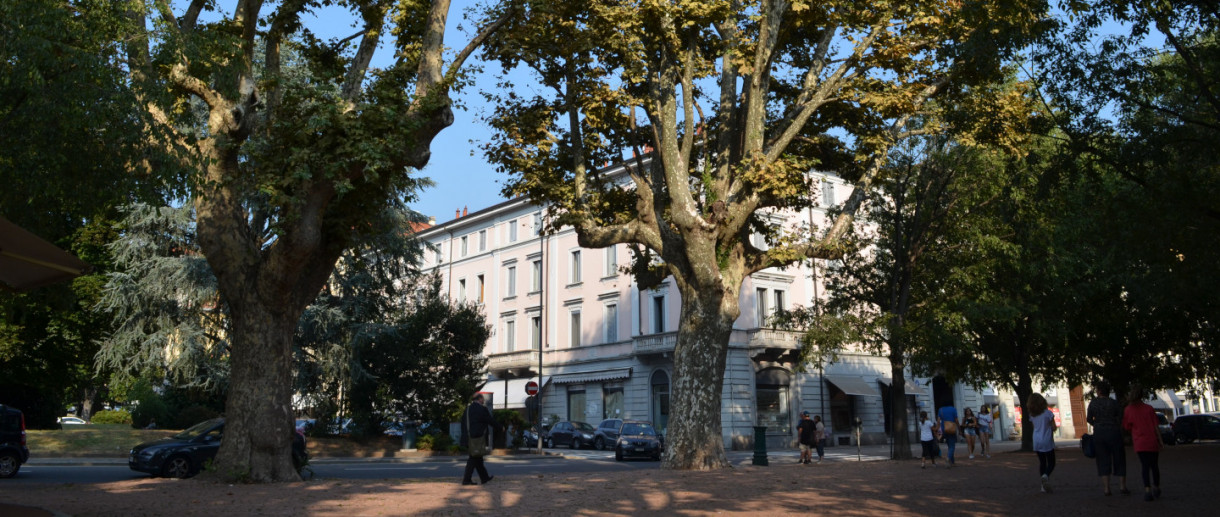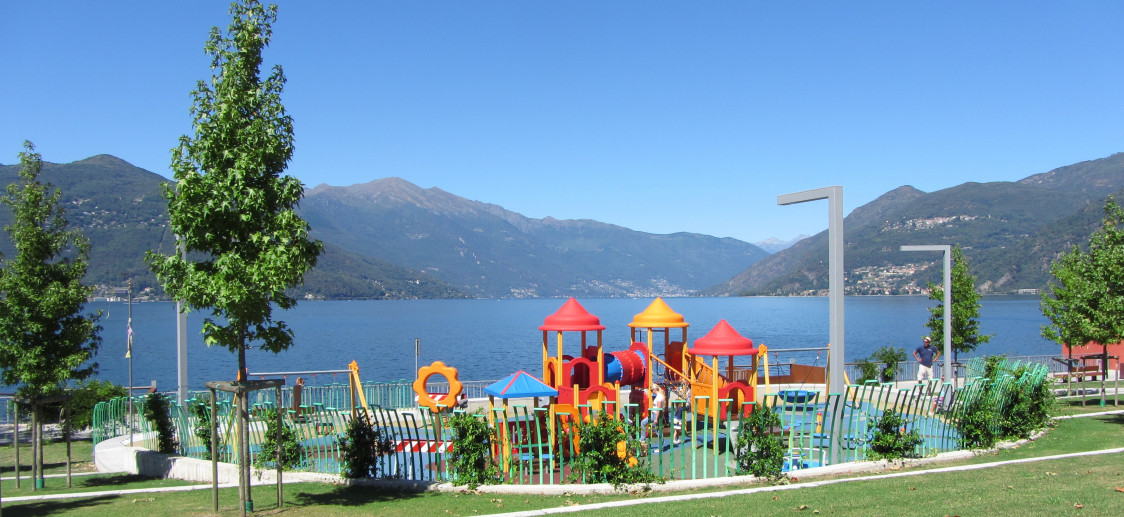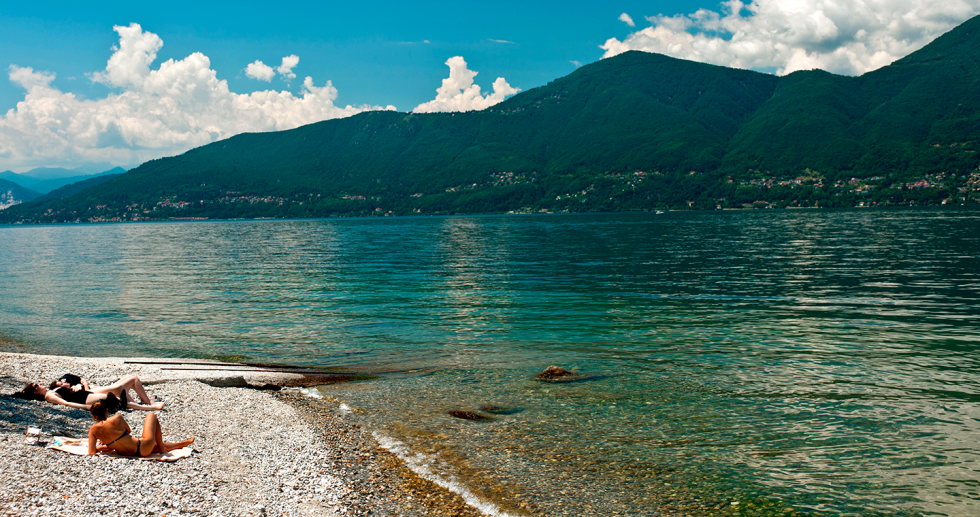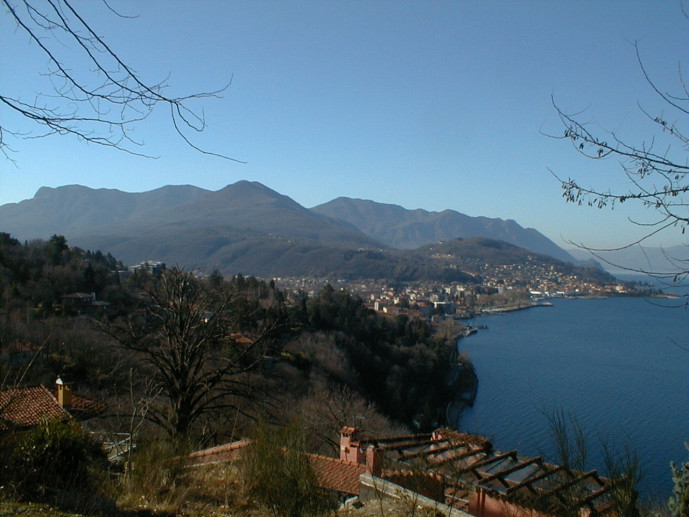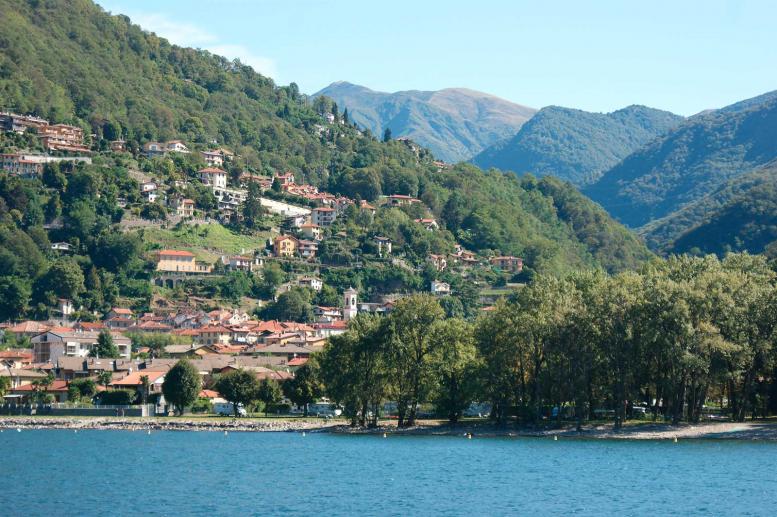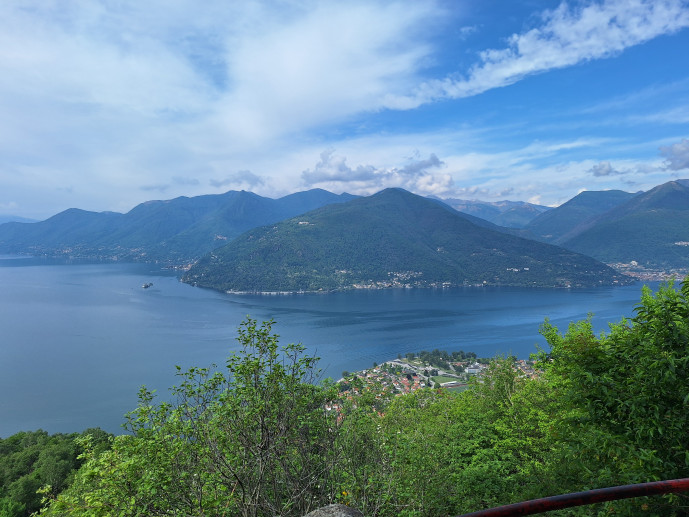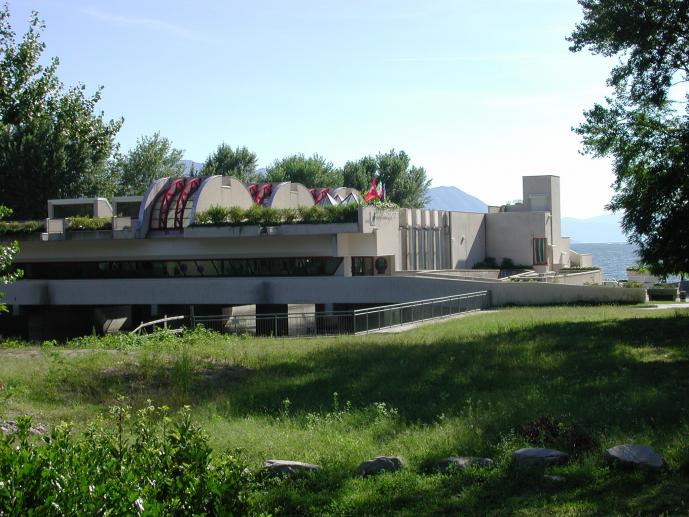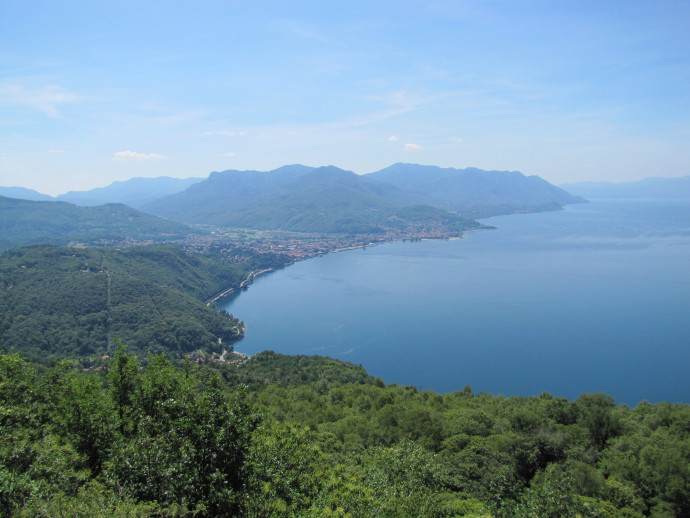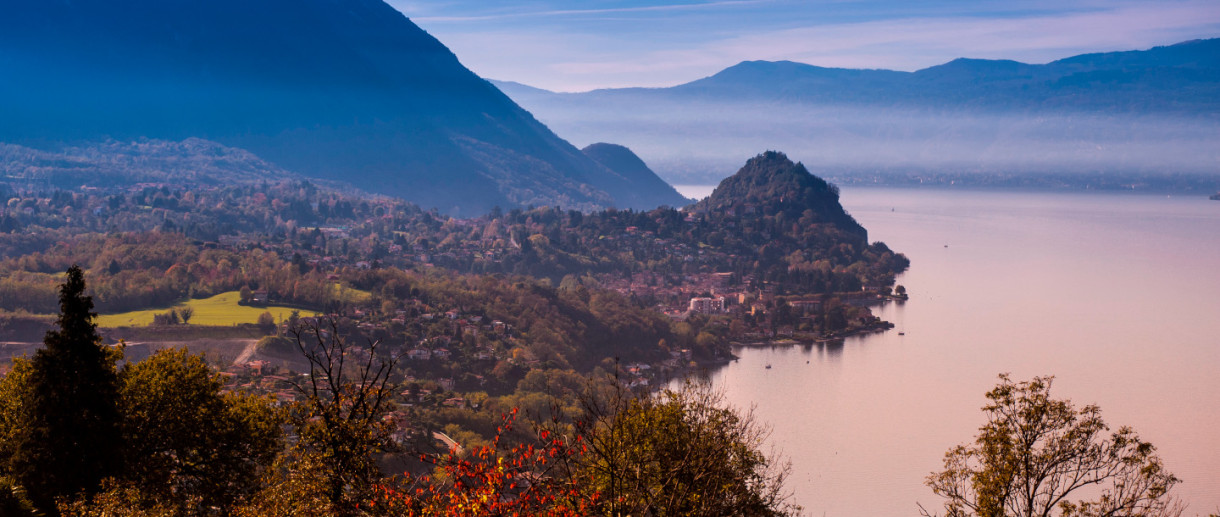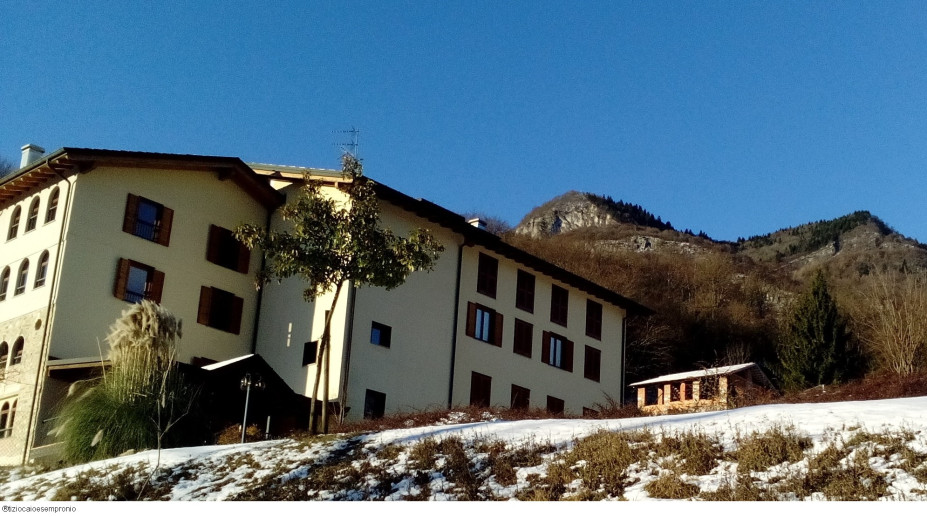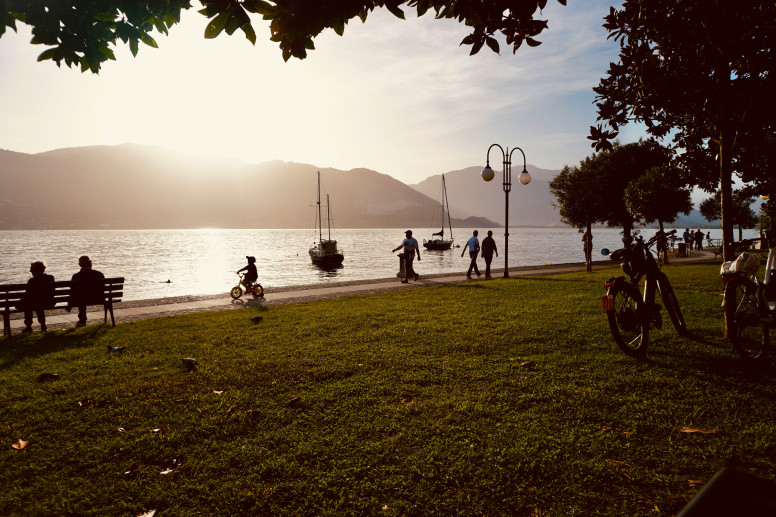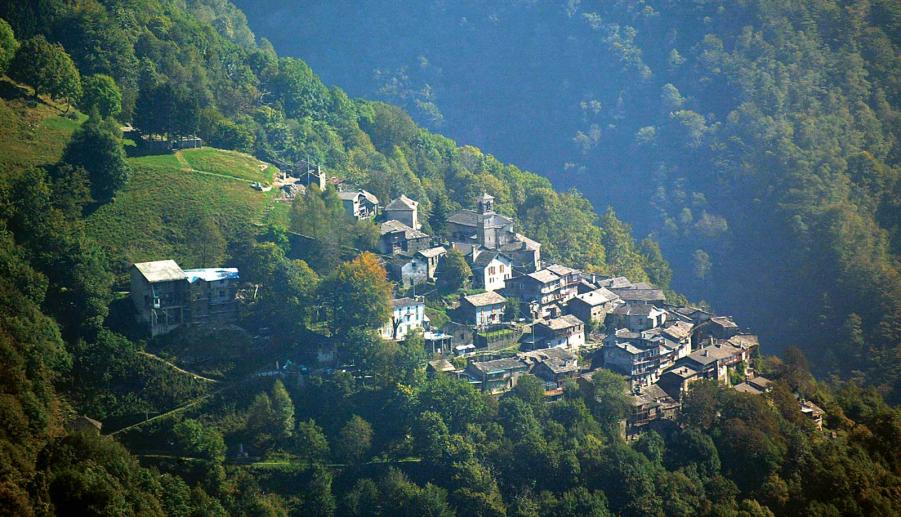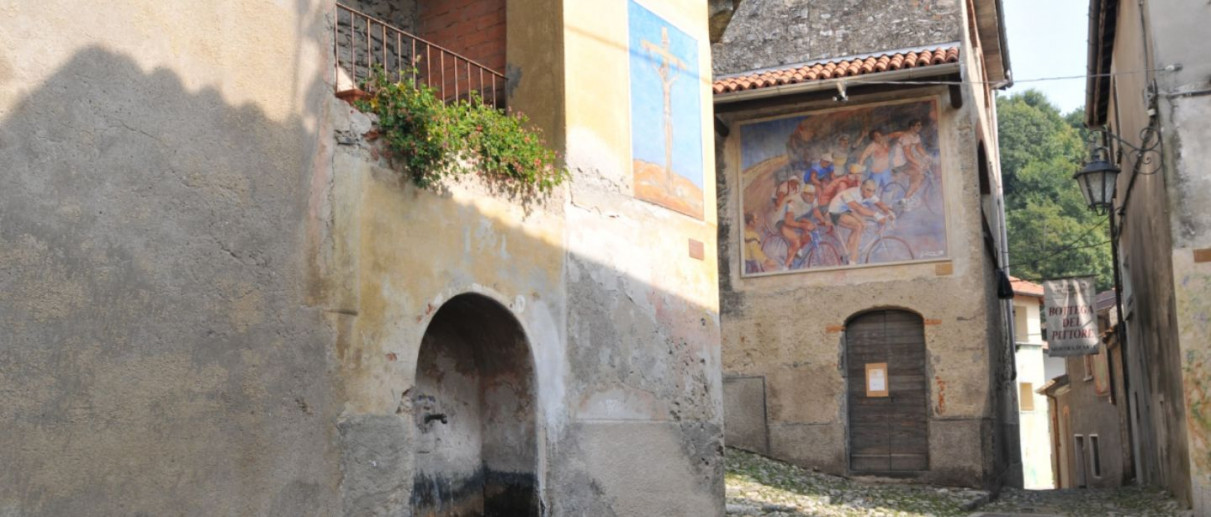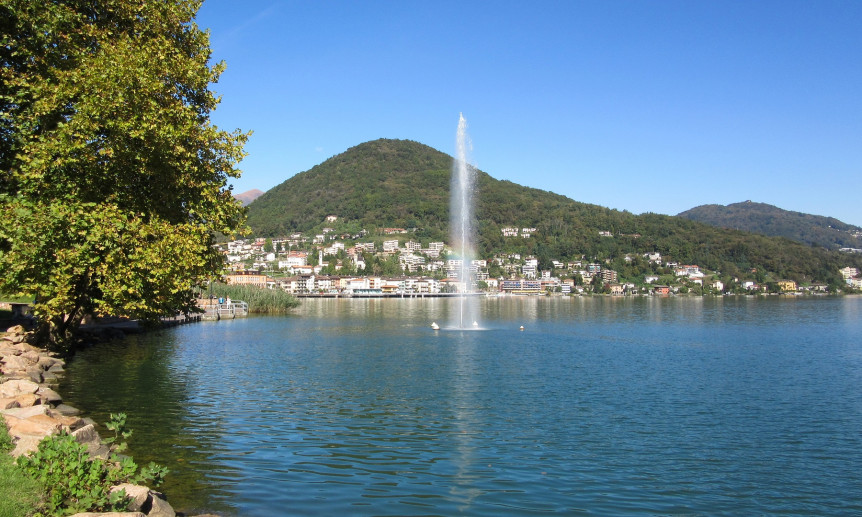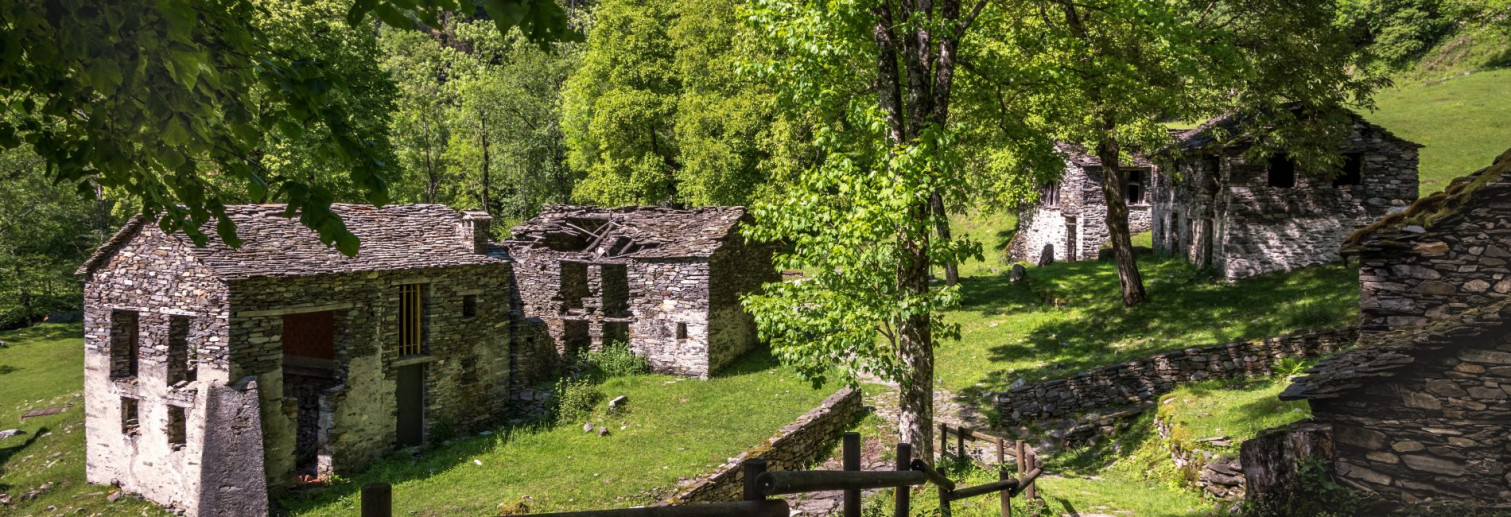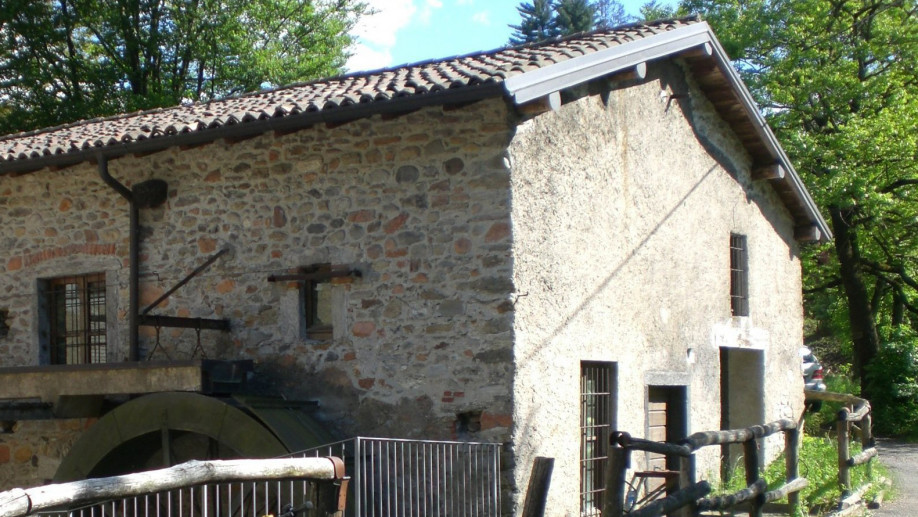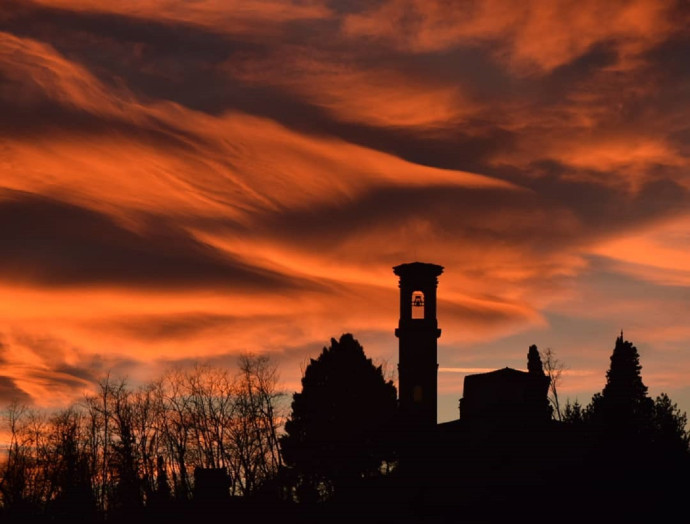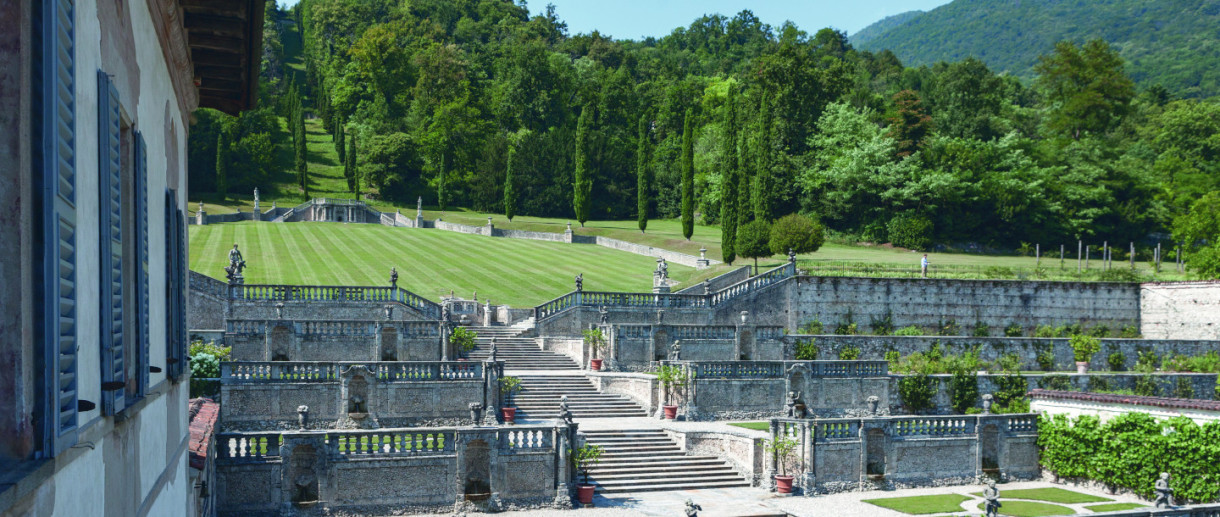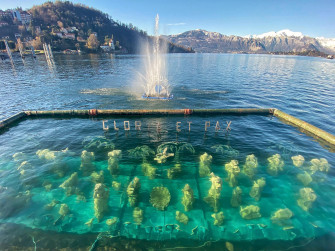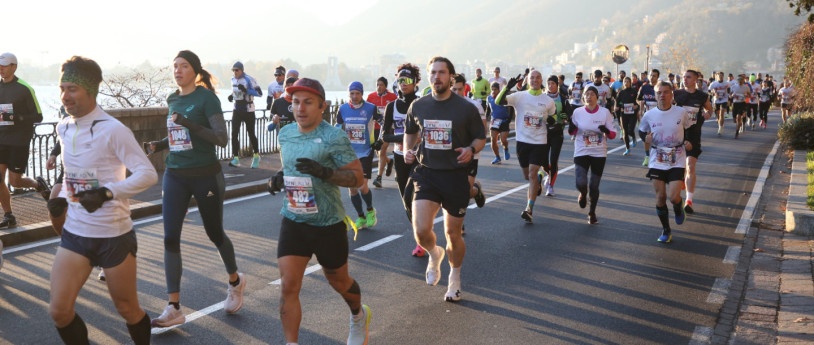- Art & Culture
Palazzo Verbania
Since 1882 the trains from Berlin to Genes had been passing in Luino, landing glorious personalities of a florid belle époque who would visit, by steamboat, the famous Borromean Islands. Since 1885 another railway had been running, to Ponte Tresa, ever so precious for assisting those who wished to admire, along one only journey, the basins of three lakes, whose reputation was greatly renowned among the touristes: Maggiore, Lugano and Como. At the opening of the century, the new Liberty style was the best for celebrating these progressive destinies: a local élite decided to provide the town with a Kursaal for «concerts, balls, meetings, conferences, café, restaurant», in the barycentre of the lakefront, meanwhile renewed.
The design was assigned to the Luinese architect Giuseppe Petrolo (1872-1953), who was shown architecture magazines which were up to date with the models realized in the most advanced European centres. It was a winning choral choice: Petrolo accomplished a brilliant synthesis resulting in one of the first Liberty buildings of the lake, the finest. He succeeded in establishing a dialogue with the landscape modelling the volumes to create a sort of cascade of terraces toward the panorama: on the roof, half way down the building, overhanging the water. He drew with a firm hand dark circles round the windows as if they were hot air balloons. He forged the iron in sinuous curves. He arched the walls so as to enjoy the best view upon the lake from the main hall and to increase its lighting.
The Kursaal became the centre of the town’s social life: in March 1913 a companion of Filippo Marinetti (the Sicilian Gesualdo Manzella Frontini) held a conference on Futurism. Over a decade later, as taste had changed and rooms were needed in order for it to become a hotel named Verbania, the same architect enlarged the building, conserving pure Liberty particulars and, above all, maintaining unaltered the succession of viewpoints and the great windows opening onto the lake. Those glass windows, beacon of a refined modernity, might have been sighted by the protagonist of A farewell to arms by Ernest Hemmingway during his boat escape to Switzerland, a night of World War 1: «[…] The lake widened up and on the opposite shore at the foot of the mountains we saw some lights which must have belonged to Luino». Vittorio Sereni, who followed up this version of the events, drew inspiration for his famous verses dedicated to Luino (under the title of Terrace) and to Kursaal.
Piero Chiara made it the setting for innumerable pages dedicated to life in the province and which belong to the Italian collective literary heritage.
In 1971 the hotel ceased its activity. It was the start of a new life. In 1975 an exhibition dedicated to Bernardino Luini (1481 ca.-1532) was set up: the ‘Leonardesque’ painter, born in the valleys over Luino, so famous in the 19th century that Queen Victoria, while spending her vacation in Baveno in 1789, would have wished to set foot in Luino just to visit the presumed birthplace of that master of whom she wouldn’t have disdained owning some masterpieces. Since that exhibition, the Palace rose to the rank of civic centre of culture (library, meetings, exhibitions and museum).
